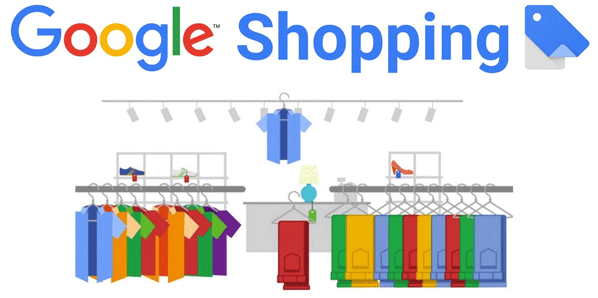
The over-arching idea behind this strategy is to find exactly which products are creating the most profit and cut out those that are wasting ad spend.
Start with a List
You start with a list of every product you sell in the form of your shopping feed. It’s important that you only spend money advertising products that will produce a positive return.
This seems obvious, but many shopping campaigns will be left running with a lot of wasted spend hiding away in the “Everything Else” group at the bottom of the list.
Take your overall list and narrow it down to only include products that fall into the below categories:
- Top 20% of revenue driving products
- Top 20% of high margin products
You’ll use this refined list as the basis of your entire shopping feed, leaving out all the products that don’t fit.
Think About the Order
The most important factor in setting up and optimising a campaign is the way the products are ordered. It should be taken as standard that you’re segmenting every campaign at item ID level, but the tip here is to split the products into separate campaigns first.
You can split your feed into individual campaigns based on any identifying property, whether it be brand, style or size.
Go Live
Now’s the time to go live with your campaigns and gather as much data as possible. You’ll use this to further segment your campaigns and really ensure that the money is going to the products that will create the greatest return.
You need to ensure that you’re tracking revenue on every order and that the budget is not limited. In order to maintain consistency you should give all the campaigns an even split of the overall shopping budget.
Monitor your daily spend at the individual product level and if a product starts spending the vast majority of the daily spend then it needs to be actioned.
Divide by ROAS
Decide upon the percentage of an order’s total return that you aim to spend on advertising, taking into account what you’ve averaged in the past and the maximum you can afford to remain profitable.
As an example, if a product’s CPA is £2.50 on AdWords and is worth £7.50 in revenue that could seem like it’s all on the right track. However, if it costs another £4 to ship and you lose a percentage to tax then that original Return on Advertising Spending (ROAS) of 300% doesn’t seem so great anymore. Take into account all your business costs and your historical ROAS and set a target point.
This target ROAS will be used to split the current campaigns into two groups. Those with a high ROAS (above or inline with your target) and those with a low ROAS (just below your target).
Anything that falls dramatically below your target should be excluded from the campaign, as based on your math, you’re actually losing money by advertising this product.
Keep Monitoring
The final step is a recurring one, you should keep checking in on your shopping campaigns, and the key metric used to rate their performance is the column in AdWords labelled “Conversion Value / Cost” (This is the ROAS).
Going forward, if something in the high ROAS campaign drops in performance for a sustained duration, it should be excluded and moved to the low ROAS campaign and vice versa.
If you’re programmatically inclined, you can reduce the time spent moving products up and down by creating a three function script to perform all the bid changes & product exclusions:
- Function one will gather all of the product performance data from each campaign.
- Function two will utilise this data to create either increased bids, decreased bids or product exclusions.
- Function three will then perform the changes.
To conclude, this strategy is built around ensuring that your advertising budget is not being wasted on products that aren’t producing a profit. Following the above will give you a measureable method in which to split everything up and monitor the ROAS of all products.